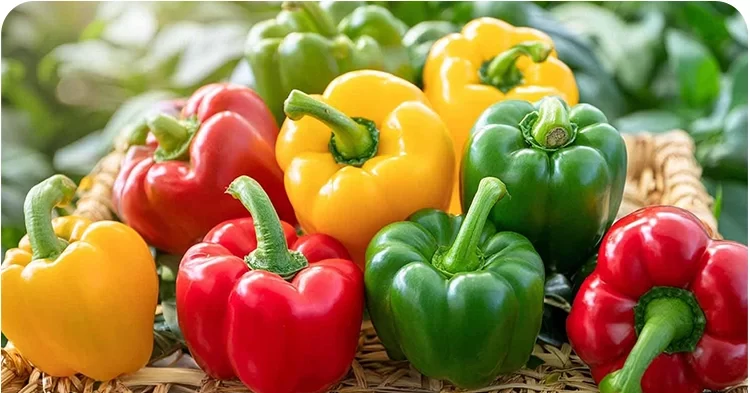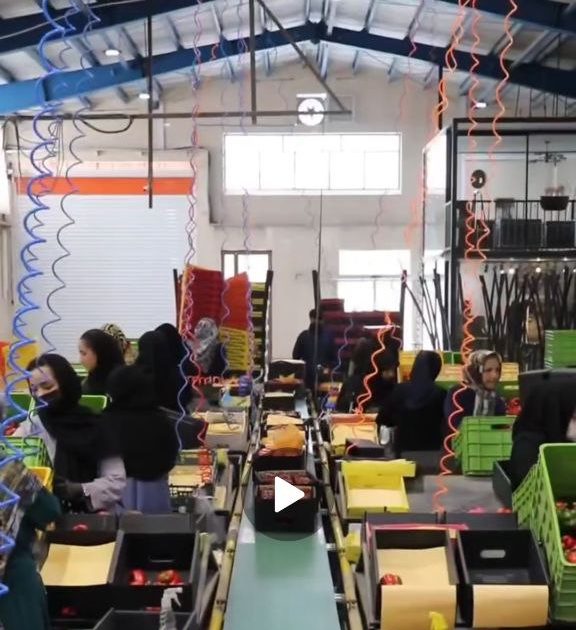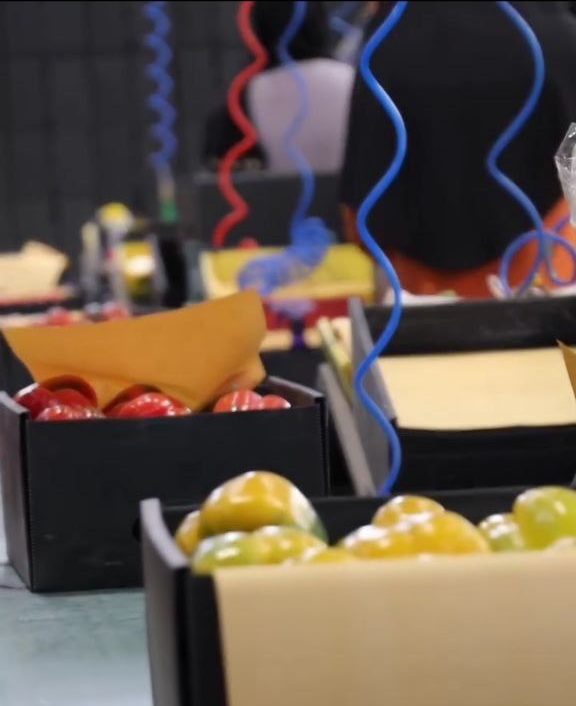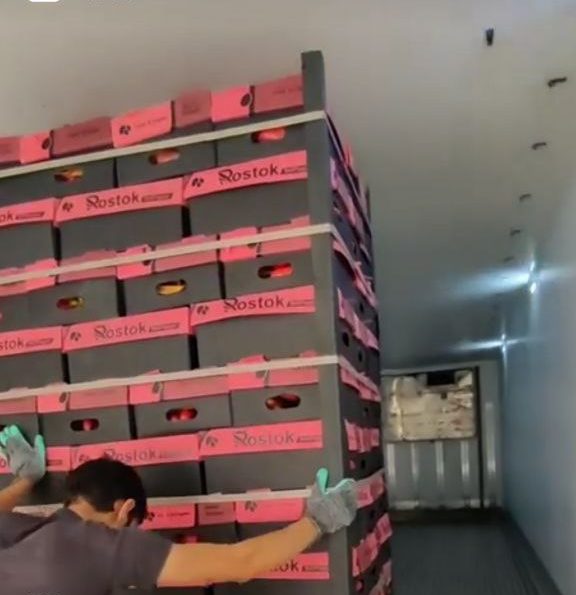Growing bell peppers is a process that requires careful planning and sufficient agricultural knowledge. Below is a step-by-step overview of bell pepper cultivation from start to finish, along with the necessary fertilizers:
Preparing the Planting Bed
-
- • Choosing the Right Location: Bell peppers need plenty of sunlight (at least 6–8 hours per day), suitable temperatures (20–25°C), and fertile, well-drained soil. The growing area should be sheltered from strong winds.
-
- • Soil Preparation: The soil must be thoroughly plowed before planting, and weeds should be removed. Soil testing is essential to determine nutrient levels and make adjustments if needed. The ideal soil is sandy loam with a pH between 6 and 7.
- • Planting Bed Setup: The bed can be prepared in furrow-and-ridge systems, greenhouses, or using hydroponic methods: o In the furrow-and-ridge system, furrows are used for irrigation and ridges for planting. o In greenhouse cultivation, environmental conditions are controlled. o In hydroponics, plants are grown in nutrient solutions without soil.
Planting
-
- • Seed Sowing: Bell pepper seeds can be sown directly in the field or first in seedbeds, with seedlings later transplanted to the main bed. Transplanting is generally preferred for better weed control and plant management.
-
- • Planting Distance: Spacing between plants and rows should provide enough room for growth. The specific distance depends on the bell pepper variety and the planting method.
- • Planting Depth: Seeds or seedlings should be planted at a proper depth to ensure strong root establishment.
Crop Management
-
- • Irrigation: Bell peppers require consistent and adequate watering. The soil should remain moist but not waterlogged. Drip irrigation is an efficient method for watering.
-
- • Fertilization: Proper fertilization is crucial for growth and yield. The type and amount of fertilizer should be based on soil test results and the plant’s growth stage (details below).
-
- • Weeding: Weeds should be removed regularly to reduce competition for nutrients and water.
-
- • Pest and Disease Control: Pests and diseases should be monitored and managed consistently. Integrated Pest Management (IPM) methods are recommended.
Harvesting
-
- Bell peppers can be harvested at different maturity stages. Green peppers are picked earlier than colored ones. The harvest time depends on the pepper variety and climate conditions.
Required Nutrients for Bell Peppers
Bell peppers require a range of nutrients, including:
-
- • Nitrogen (N): Supports vegetative growth and leaf production. Deficiency causes yellowing and stunted growth.
-
- • Phosphorus (P): Important for root development, flowering, and fruiting. Deficiency leads to poor growth and small fruits.
-
- • Potassium (K): Enhances disease resistance, environmental stress tolerance, and fruit quality. Lack of potassium reduces growth and fruit quality.
-
- • Calcium (Ca): Strengthens cell walls and prevents blossom-end rot.
-
- • Magnesium (Mg): Essential for chlorophyll production and photosynthesis. Deficiency causes leaf yellowing.
-
- • Sulfur (S): Needed for protein formation.
-
- • Micronutrients: Iron (Fe), Zinc (Zn), Manganese (Mn), Boron (B), Copper (Cu), and Molybdenum (Mo) are also essential for healthy growth.
Fertilization Methods
-
- • Basal Fertilization: Organic matter like compost and well-rotted animal manure is added to the soil before planting.
-
- • Top-Dressing: During the growing season, chemical or organic fertilizers are applied to the soil or through foliar spraying. Top-dressing is usually done in several rounds.
-
- • Foliar Feeding: Water-soluble fertilizers are sprayed directly onto the leaves for quick nutrient uptake.
Note: The type and amount of fertilizer should be tailored based on soil test results and the plant’s growth stage. Always consult agricultural experts before applying any fertilizer. Over-fertilization can harm the plants. A balanced mix of organic and chemical fertilizers helps improve soil structure and fertility.








